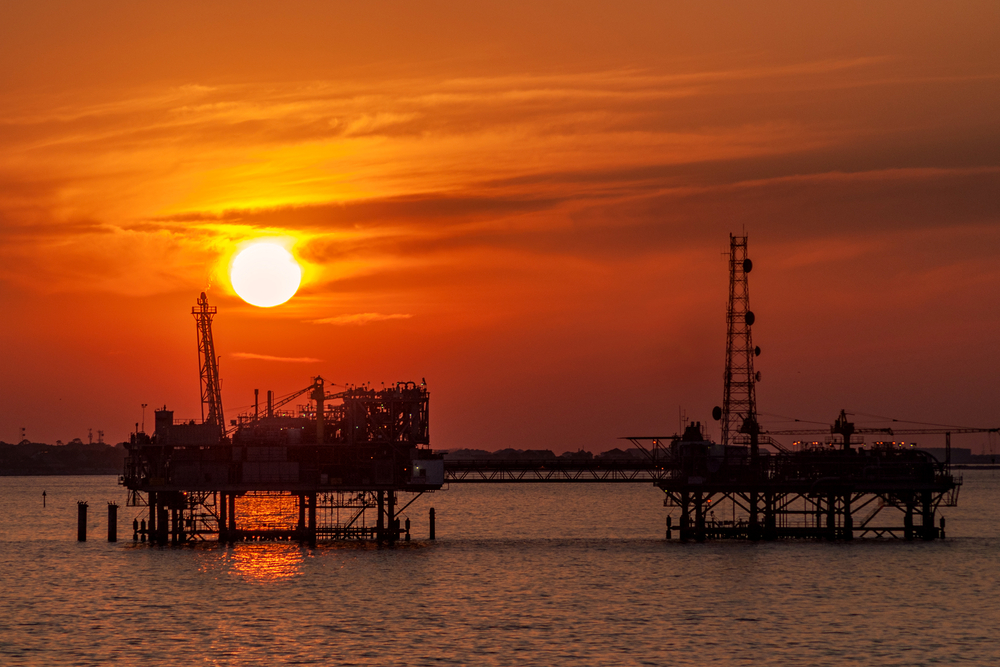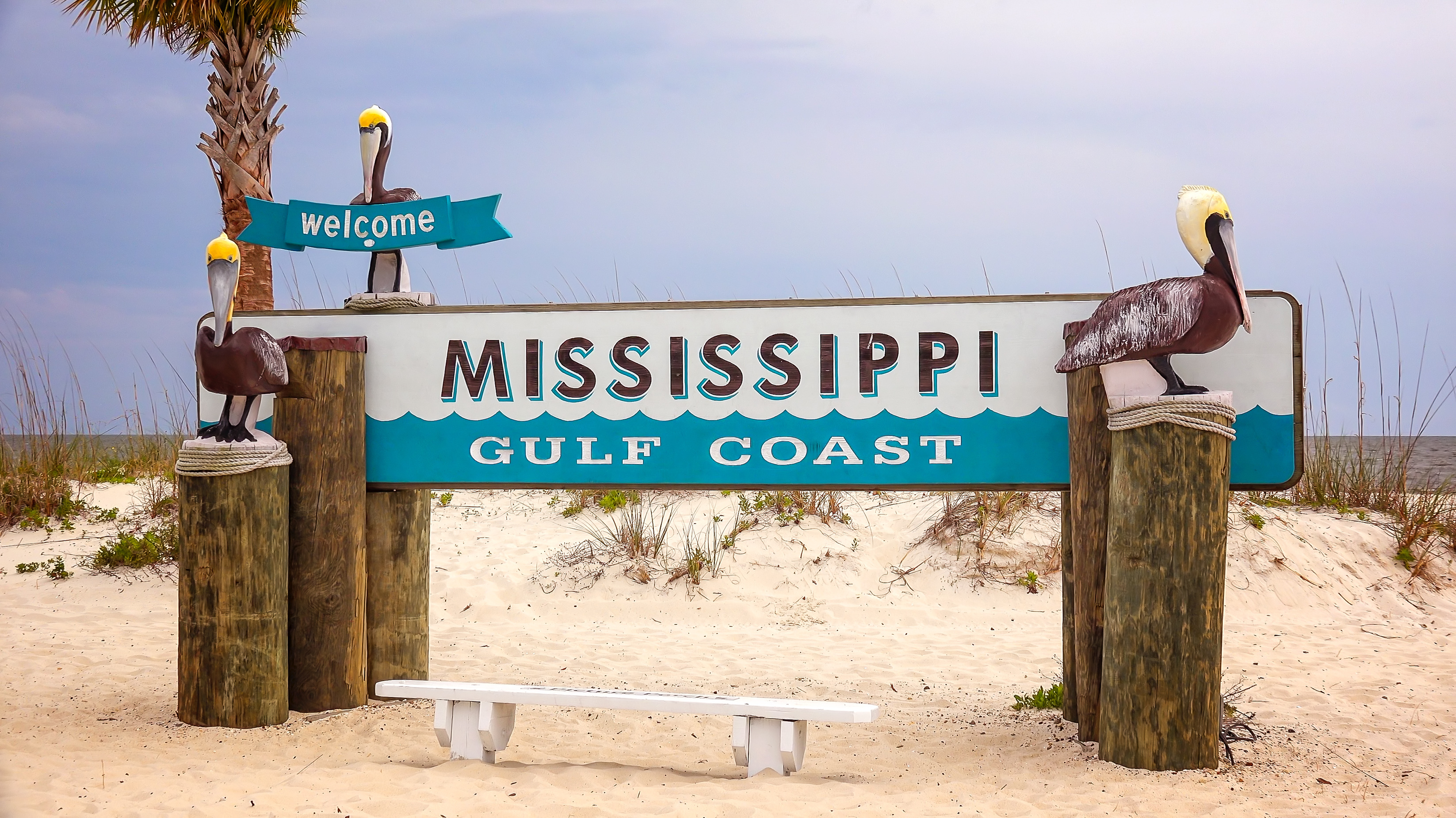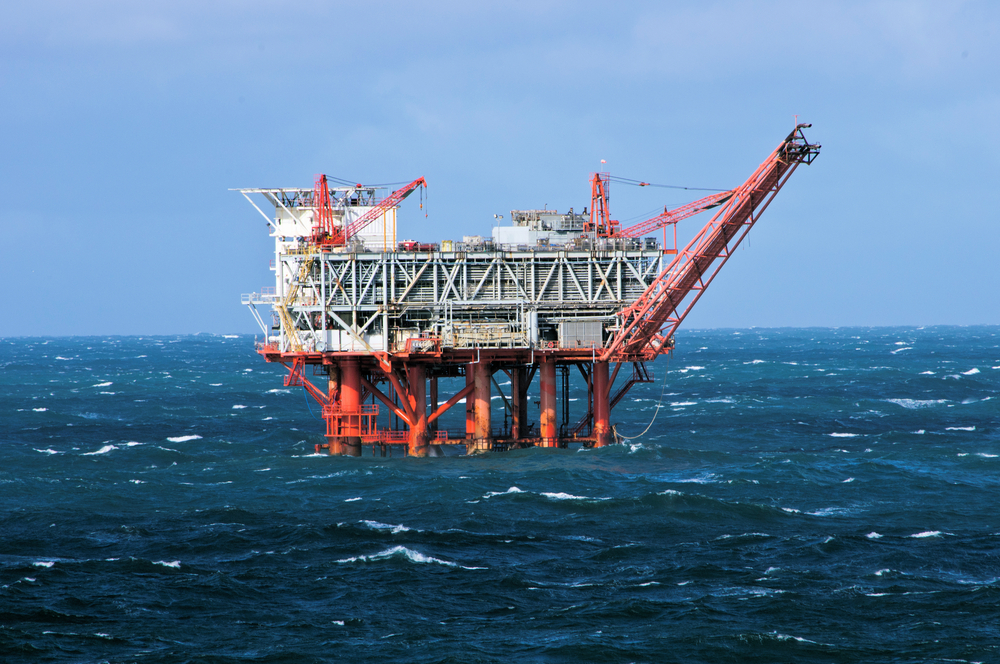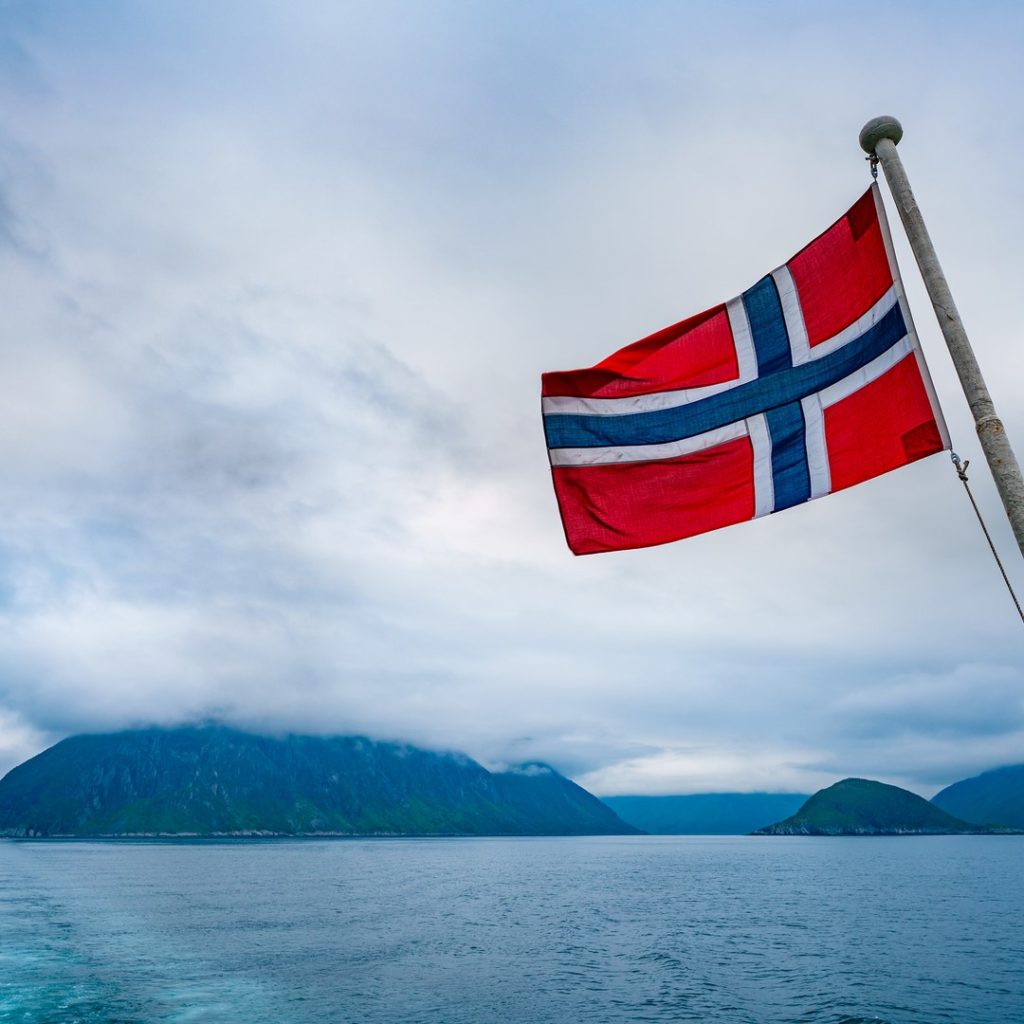Seventy-seven million acres were up for grabs in the US Gulf of Mexico, however bids were only made for 815,403 acres.
The largest lease sale in history generated $124,763,581 in high bids for 148 tracts covering 815,403 acres, with 33 companies participating in the lease sale submitting $139,122,383 in bids.
Lease Sale 250 included 14,474 unleased blocks, located from three to 231 miles offshore in water depths ranging from three to 3,400 meters.
BP, with 27 bids, submitted the largest number of high bids $20 million. Chevron submitted 24 high bids, for about $29 million, and Shell had 16 high bids for $23 million.
Total submitted nine high bids for $15 million, including the highest bid on a single block, $7 million for NH16-10 in the Mississippi Canyon 697 area.
Interior Assistant Secretary for Land and Minerals Management Joe Balash said: “Today’s lease sale is yet another step our nation has taken to achieve economic security and energy dominance. Today’s results will help secure high-paying offshore jobs for rig and platform workers, support staff onshore, and related industry jobs, while generating much needed revenue to fund everything from conservation to infrastructure.”
Randall Luthi, president of National Ocean Industries Association, said the bidding reflected improving, albeit not yet ideal commodity prices, with submitted bids increasing compared to the August 2017 sale figures, which yielded $121 million in high bids on 508,096 acres in the Gulf of Mexico.
“Bonus bids are an indicator of the ability and confidence of producers to invest in the Gulf of Mexico. These are not new fields, and producers are attempting to pick the best of what is left. From that view, the bids demonstrate a solid commitment by the oil and natural gas industry to continue to invest in U.S. offshore energy and U.S. jobs,” Luthi said.
“While the outlook is promising, it also comes with a note of caution that with companies looking globally for exploration opportunities, the United States must continue to evaluate how to keep the Gulf of Mexico and other parts of the U.S. outer continental shelf attractive in light of competition from Brazil and Mexico.”




